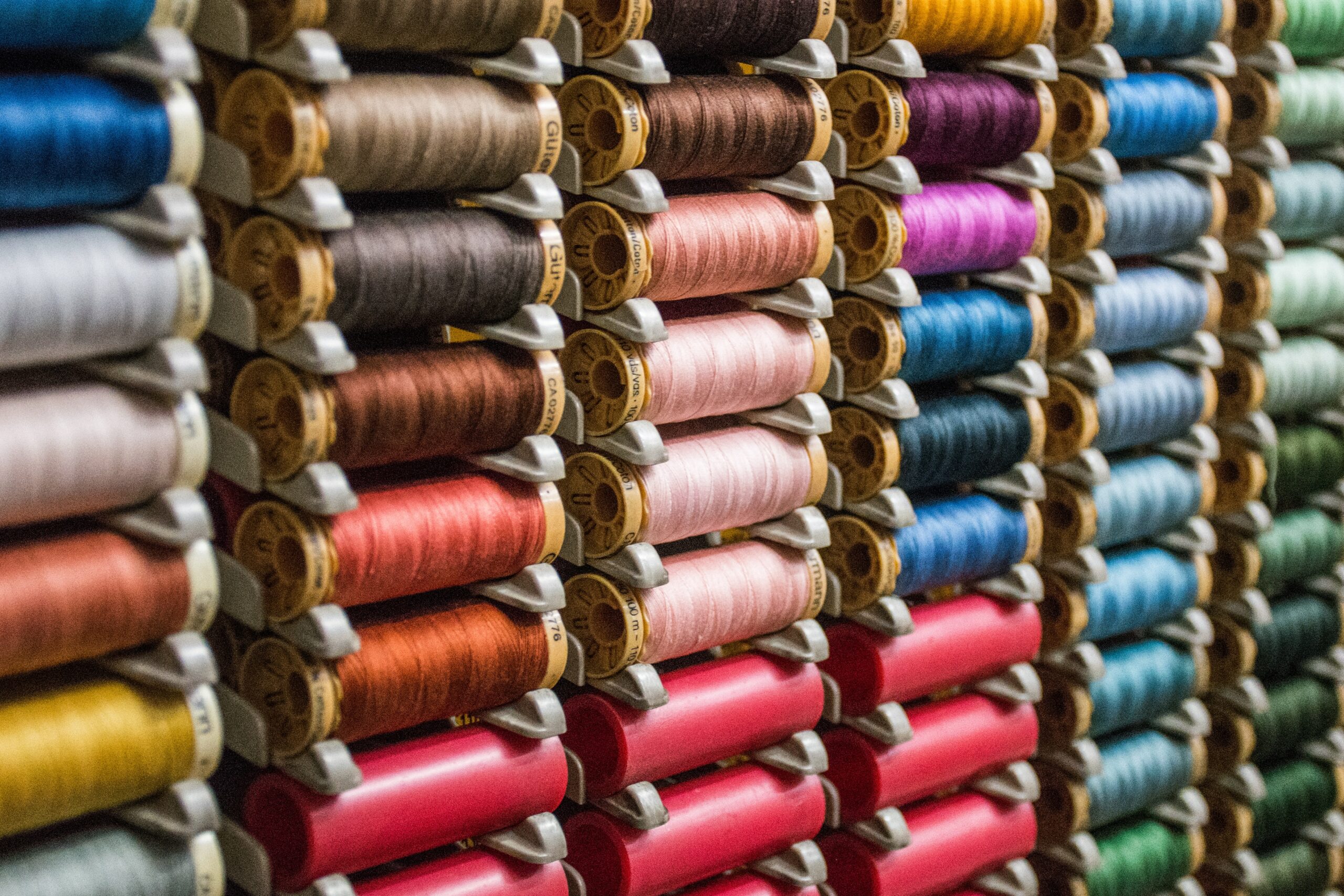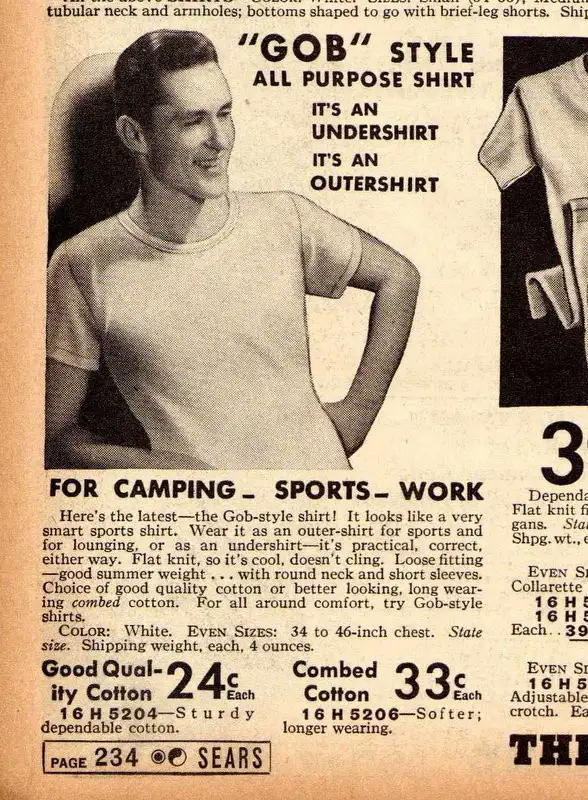Textile in Yorkshire: The History of Cotton in Yorkshire

The first written reference to cotton in the UK dates from AD 794, when King Aethelred II wrote to Pope Gregory III requesting the Pope to send him ‘cotton to spin and weave’. However, it wasn’t until the 12th century that the first recorded cotton mill was built, in Nottingham. During the 13th century, the demand for cotton fabrics increased dramatically.
It is estimated that by the end of the century, over 150 mills had been built in Yorkshire, Lancashire and Cheshire, which was the largest centre of textile production in Europe. In addition to spinning cotton yarn, mills were also building cotton cloth for clothing. Cotton was first grown in the USA in the 17th century. At the time, textile in Yorkshire was grown in the southern states of Virginia and North Carolina, and the north-eastern states of Maryland, Delaware, New Jersey, Pennsylvania and Ohio.
Cotton was primarily grown by small farmers and plantation owners, who sold it to textile manufacturers. The first cotton gin was invented by Ephraim Gee in 1793, in the state of Georgia. The invention allowed for the separation of the seed from the fibre, thus increasing the quantity of cotton that could be produced from one boll of cotton.
Why We Wear Clothes The Way We Do
While most people agree that clothes make the man, why we wear the way we do is a much debated topic. According to the New Yorker, the first known pair of pants were worn by the ancient Greeks. Since then, men have been wearing pants for several hundred years.
Today, they're an integral part of our society, with men choosing to wear either a suit jacket and tie, or a sport coat and casual shirt. For most of history, men wore dresses or kilts, while women wore cloaks, gowns or petticoats. It wasn't until the mid-1800s that women began to wear pants.
The reason for this change in fashion was the invention of the modern sewing machine. Before the late 1800s, women made their own clothes using simple sewing machines, but these weren't nearly as effective as modern ones. With these new sewing machines, women were able to create clothes more quickly and cheaply, thus reducing the cost of clothing and making it more affordable.
The rise of the Industrial Revolution in the 1800s also played a role in the change in fashion. As factories began to spring up, the workday became longer and workers had to be more productive. Men's shirts became longer to accommodate the need for more buttons. As more buttons were added, the number of buttons per shirt grew.

Soon, a button was added for every two inches of shirt length, which led to men wearing long-sleeved shirts. As the Industrial Revolution continued, more factories sprang up and men found themselves working longer hours. The longer workdays meant that men needed to wear longer and heavier coats. They also needed new ways of keeping warm in winter, so they began to wear long trousers.
Yorkshire Textiles: A Local History
When William Smith, son of a woollen-draper, married Mary Haines, daughter of a Leeds woollen draper in 1788, the couple took up residence in the house at 2 Church Street in the centre of Leeds. By the end of 1825, when their first two sons were born, the Smith family had moved to a larger dwelling at 22 Chapel Lane. Their children went to a nearby school and the family attended the Sunday service in the Wesleyan chapel at the top of the street. By the 1850s, however, the Smiths were renting a small cottage in Chapeltown, where their third son was born.
The cottage was on the banks of the Calder and the family had to walk down to the river each day for their washing. They spent most of their time at home, except during the summer holidays. By the time the family of eight was living at 13 New Row in Chapeltown, the boys were working in the mills, while the girls helped at home. In the early 20th century, William Smith retired from the mills, but continued to work as a grocer in the evenings. He died in 1921.
Textile Industry in Yorkshire
The textile industry is one of the largest industries in the UK and contributes to around 6% of the country's GDP and 10% of the country's manufacturing output. The industry is made up of many separate industries that include yarn, weaving, printing, clothing manufacture, knitting, sewing, tailoring and hosiery. In order to maintain a high level of competitiveness in the industry, the Government of the United Kingdom (UK) has introduced a range of initiatives to encourage growth and innovation in region's textile industry furnishing fabrics.

One such initiative is the Yorkshire Growth Partnership, which was formed to help boost the industry by investing £2 billion over 10 years in the region. The Yorkshire Growth Partnership was established to support businesses across the county in order to generate increased employment and to develop sustainable economic growth. The Yorkshire Growth Partnership is comprised of three strands:
• Regional Growth Programme - which aims to support Yorkshire’s economy by creating more jobs and increasing productivity.
• Industrial Strategy Support Fund - which aims to help businesses in Yorkshire to make the most of the opportunities created by the Industrial Strategy.
• Yorkshire Growth Fund - which aims to help businesses to grow by providing funding and support for new companies to grow, and for existing companies to modernise and expand.
Textile Industry In Yorkshire: An Insight
The textile industry is one of the largest manufacturing industries in the UK, and is a major contributor to the national economy. It provides employment for around 140,000 people in the UK and exports £9.5 billion of products every year. The sector is also an important contributor to the UK’s manufacturing base and is a vital part of the British economy sale fabric.
The textile industry is made up of four main sub-sectors: Textiles, Apparel, Footwear and Leather Goods. The Textile sector accounts for around 40% of the UK’s total textile output, with more than 30% of the sector’s output coming from Yorkshire. The other sub-sectors of the textile industry include Apparel, Footwear, and Leather Goods..
